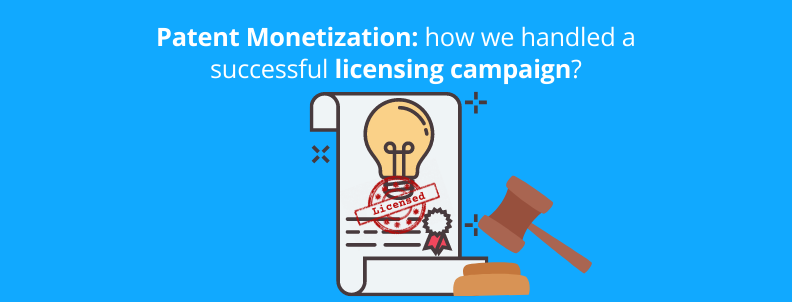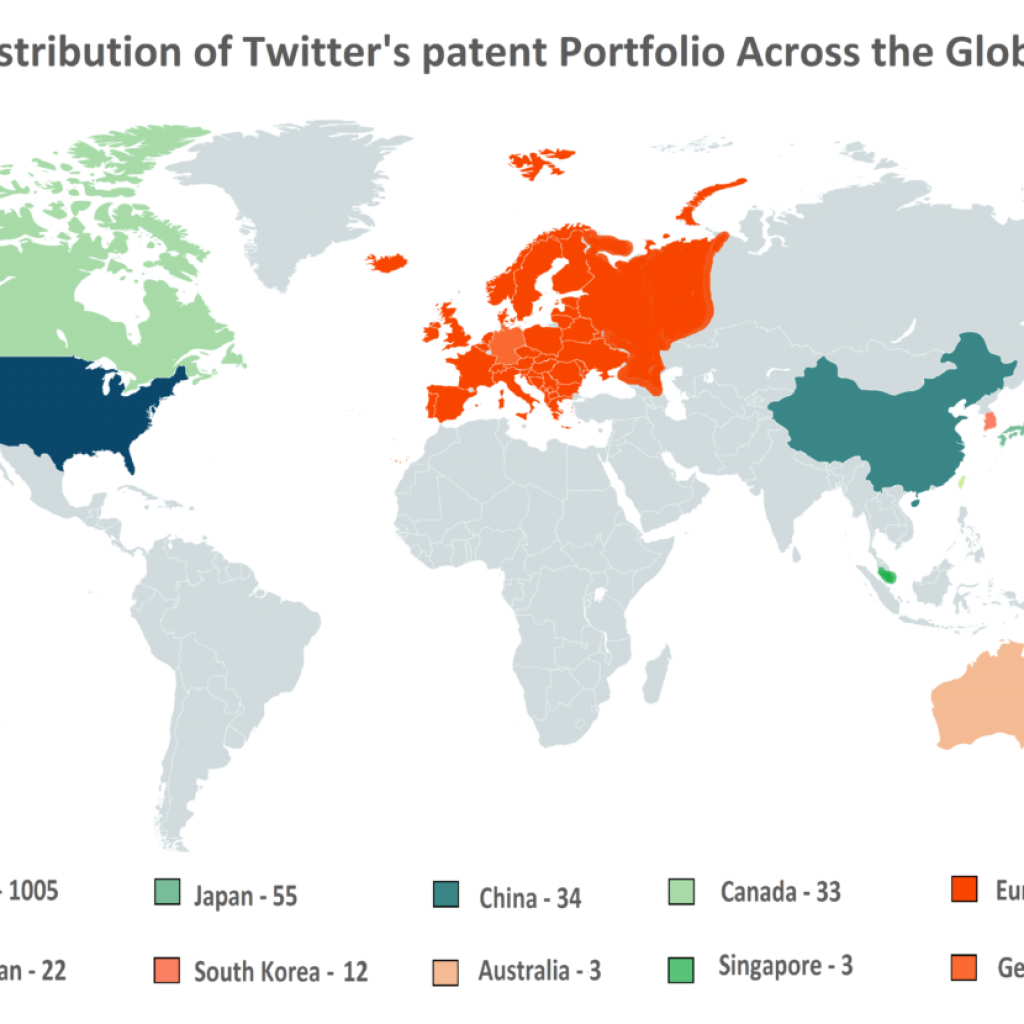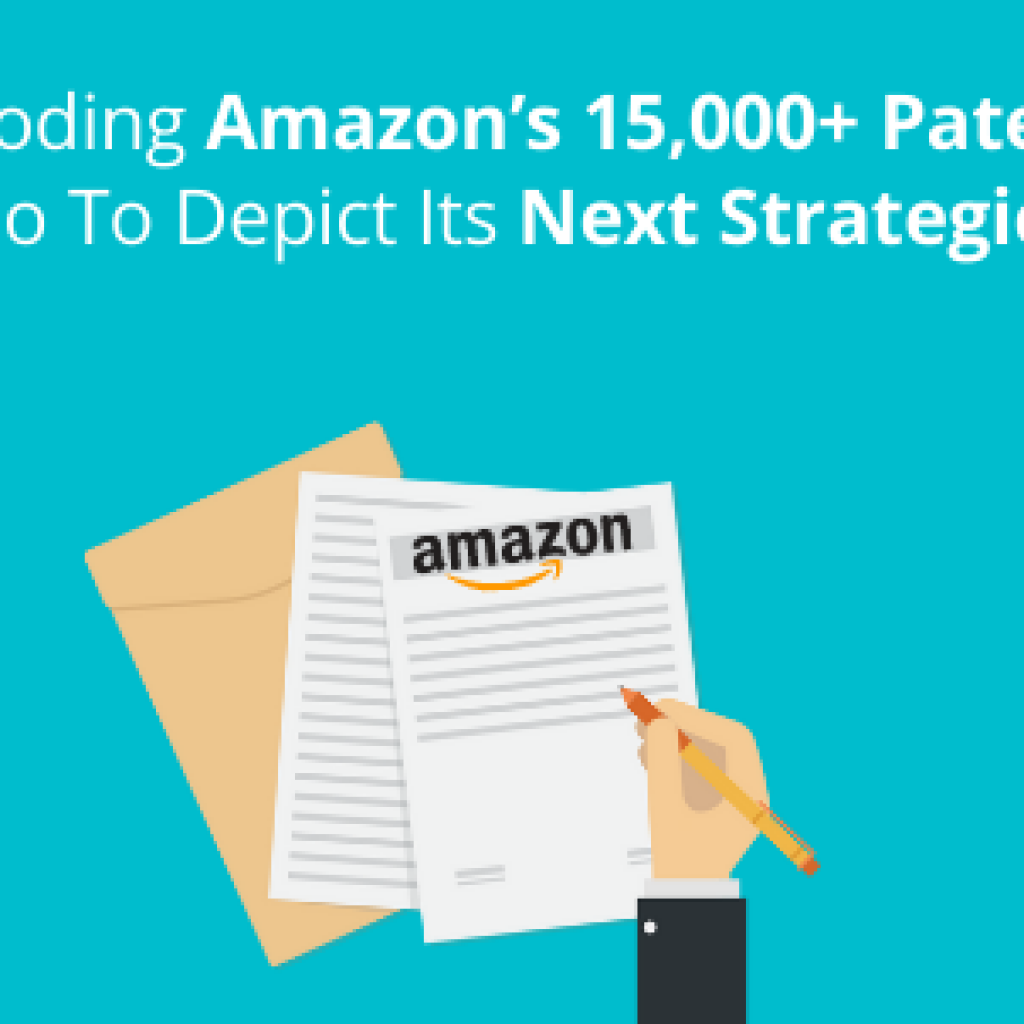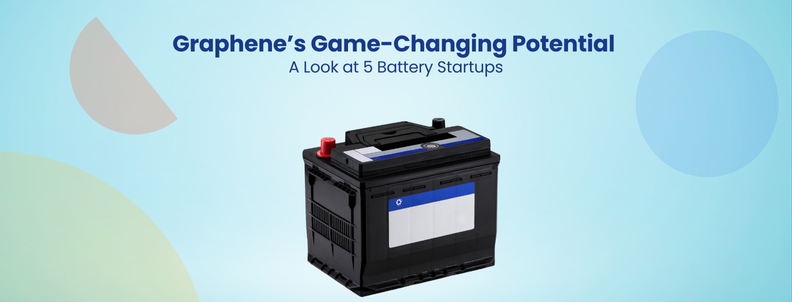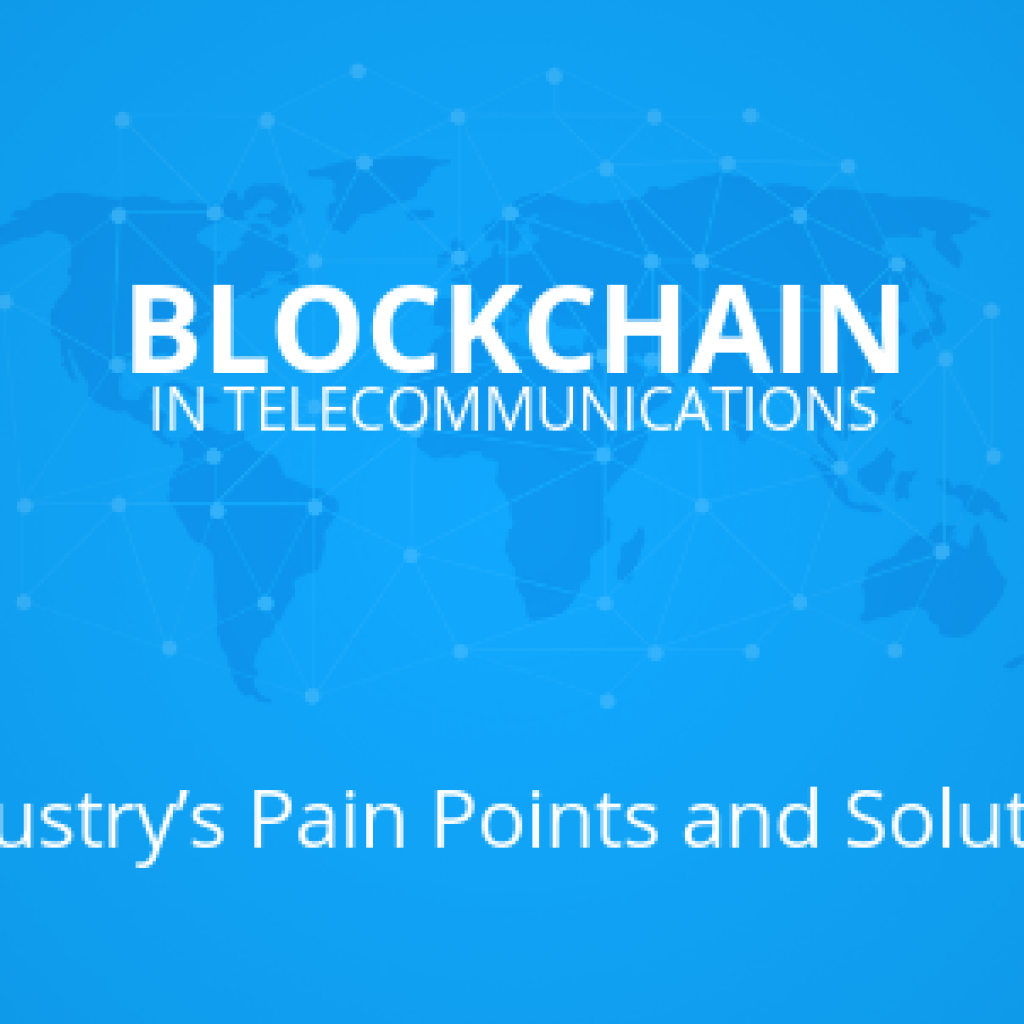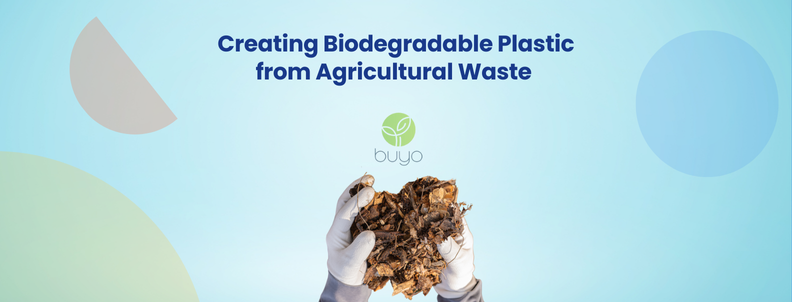I have been with GreyB for over two years now. I have worked on multiple cases, yet every new case brings with it the same enthusiasm and thrill – something I love about the IP industry. That is exactly what I felt when this case was brought in for the first time. And I bet it wasn’t just me but the whole team.
Good work speaks for itself and I believe ours did too. Early this year one of our clients – Jim, an attorney approached us and informed us about their client, Mark. Mark was the IP head of a Fortune 500 organization (let’s call them Azex Corp.) and was planning to monetize most of Azex’s patent portfolio. Mark was looking for an IP vendor to help him with his monetization campaign.
Jim suggested us – aka GreyB – to Mark based on his previous experiences with us. We were pretty excited to work with Azex and our first meeting with Mark was arranged as soon as both sides agreed.
This meeting is always the most important one.
The meeting helps us grab an idea of the objective at the client’s end – whether the end goal of the client is licensing their portfolio, is it selling, or are they open to either of them?
Further, the meeting gives us clarity on whether the client has some preferred companies for monetizing the portfolio, the thought process of the client as well as various caveats that the client might want us to take care of. The meeting provides us with a ground for putting forward the queries that would help us smoothen the process. For example, the preferred format of the output, the meeting schedules, etc.
We understood that the main objective of Mark was to find several patents in their portfolio and monetize them (preferably by licensing the patents). That was not it though. Mark also wanted to run campaigns based on technology domains. For example, Automotive could be one of the technology domains that the patents in the portfolio relate to. Now, this campaign would potentially target Automotive companies.
The beginning of a successful long-term monetization project
Given the size of the portfolio, the project was decided to be a year-long project with me being a Fixed Term Employment (FTE). As an FTE, the whole day of my work (~8 hours) would be spent working on this project, every day, for a year. After the meeting with the client, we realized that this is going to be a very dynamic project where we have to make internal decisions every day.
The decisions could range from which clusters we are dividing the portfolio into, which cluster are we prioritizing, which companies could be potential licensees, and how are we doing all of it. We decided to send daily updates to our client with the whereabouts of the daily progress made in the project. This would help us to kill the anxiety of the client relating to the whereabouts of the project and timely perform any course correction if required.
With time, the client noticed fine progress in the project. Hence, he decided to add another resource (manpower) behind the project. After some time, another colleague of mine, Swapnajeet, was assigned this case. He was a great sport, helping me and guiding me at various times.
We started having daily meetings (within the team) to plan how we are going to proceed with the project. The meetings were basically a constant brainstorming session where we covered various points from how to refine the patent portfolio, to how to start campaigns, did we come across any similar project in the past – if yes, what was the approach, was the approach successful, etc.
I guess it was the best mental exercise I could have asked for. We were all brainstorming and coming up with various ideas/ methods to help the client achieve their goal. Eventually, we figured that we had tackled similar projects earlier and the approach (aka traditional method) that we used in them also seemed fit in this case. Hence, we decided to go for the traditional method (more on it below) of dealing with such cases. The decision felt right at that time, as this approach had a good success rate in our previous projects.
What is the traditional approach to dealing with such scenarios?
The end objective of the approach would be to find companies that infringe patents in Mark’s portfolio. Also, the patents could be clubbed into campaigns in particular technology domains. To reach this goal, we used a couple of steps.
The first step is to know what are the technology areas that the patents in the portfolio target (aka target technology domains). To know this, we give a quick look at the patents in our client’s portfolio and provide them with a technology tag. The technology tag essentially means that the patent has an application area in the particular technology domain. For example, it could be something like Automotive or Wearables, etc. For more generalized patents, for example, if the patent could be applied on any display device, be it in automotive or smartphones, etc., we would put the technology tag as “User Interface”
Since the client wanted to start campaigns w.r.t technology domains, we worked on clustering (aka technology clustering). Clustering relates to putting various patents of the same technology domain together. This would give us an idea of how many patents are there in each target technology domain. For example, patents that would have an application area in the Automotive domain would be under the Automotive cluster.
A good cluster should have more than 2-3 patents. This makes it easy to license/sell/litigate the cluster, as it shows there is a group of patents to target a specific company and license them.
Targeting the company with a single patent has less impact as its compensation as well as interest from the licensee will be less. This makes the target companies less likely to respond. With Mark’s portfolio, we were able to make multiple clusters with almost ten patents in each.
Our third step is to find our target companies for the technology clusters. Usually, there are a couple of companies that already have license to the patents. Since they have the license to the patents, they are protected and can’t be considered ideal infringers (aka target companies).
Ideally, our client provides us with a White list and a Black list of companies. The Black listed companies are the ones that had already licensed the subject patents. The Whitelisted companies are the ones that do not have a license to the patents and fall under our radar of possible target companies. Mark provided us with a Black list, however, he did not have a White list specifically. So any company which isn’t on the Black list can be considered to be open for licensing. Keeping the blacklist in mind, we started searching for potential targets.
Initially, Mark shared two potential companies to prioritize based on his hunch. So we looked into the offerings of these two companies and the technology domains that they were in. Once we figured out the technology domains of these companies, we picked similar technology patent clusters from the portfolio.
Further, we analyzed the patents and looked into products of these companies that worked similar to the patent technology to confirm infringement. Once the infringement is confirmed, these potential target companies would turn into target companies. These target companies would then become candidates for licensing the patents as they will be infringing on the patent cluster. With this in-depth analysis of the patents, we were able to identify other potential target companies in addition to what Mark had shared. This made him realize how far they could go with their licensing campaign. Mark then became open to having other target companies and gave us the green signal to help him figure the right set of licensees for his portfolio monetization.
This is where the fun begins. Once we get the right set of companies, the ball is in our court.
With the go-ahead, we started looking into Azex’s portfolio one cluster at a time. The thought process is to start looking for various companies (aka potential target companies) that have their products or service offerings in the same technology cluster as the patents. Taking our previous example of the Automotive cluster, the potential target companies would be companies dealing in the Automotive cluster. For example, it could be BMW, Rolls Royce, Tesla, etc. Next, we shortlisted such companies with respect to the technology clusters.
Once we have the list of potential target companies ready, we start gathering evidence. We check for possible infringement and create claim charts accordingly.
The last and final step is to approach the company. Our client’s attorney, Jim, in this case, sends the target companies an email with the claim chart and explains to them the possible infringement of their products to the patents of his client (Mark). Further, an offer of a licensing deal or an offer to buy the patents is put on the table to avoid the cumbersome legal battle.
Honestly, the whole team was excited. I felt the claim charts were aptly put and we did a good job. Everyone felt like we did it all and were just a step away from the finish line. Little did we know we were nowhere near it.
Having worked on this approach for almost three months now, we expected a good result in terms of conversion. After all, the traditional approach always works, right?
We waited for the results to come in. And it turned out to be the opposite of what we had thought. The conversion was low. It turns out that if we were sending emails to 10 target companies, out of these only 1 would respond, and that too, not a positive one.
It broke us a little, and I felt a little lost. If the traditional, tried and tested approach couldn’t help us, then what will?
Do you know how it feels to have worked for months for a competition and fail dreadfully? Well, it felt the same.
The cloud of fear was hanging over everyone. And I was no exception.
The entire team discussed with Mark about the same. Mark was extremely supportive, and though the low conversion rate felt like a low blow to us, he told us that it wasn’t one. Conversion takes time and we were not facing a failure, in fact, it was the most expected outcome. Other external factors were having a direct impact on these results. However, we wanted to look for additional approaches for adding further value to the traditional approach and make this work.
I would never forget the sentence Rohit my mentor said out aloud in that discussion – “Until we exhaust all the alternatives, we will not back out.”
Maybe it was Mark’s support or our conviction to overpower this loss, everyone felt encouraged. We decided it would make sense to have a short brainstorming session every day. We were all going through various news articles, patent-related posts, and IP newsletters gathering ideas. All this time, we had but one question in mind – What could be the best add-on to our traditional approach?
We started thinking out loud, instead of filtering them. We blurted out any possible option. It seemed like a scene from The Wolf Of Wall Street. The main actor asks about the current day’s numbers in the market and everyone speaks up one after another. Except in our case, we were doing it on video calls.
Search. Mute, Listen, Unmute, Blurt out the idea, Mute, Listen.
This cycle went on for some time when a few days later Rohit suggested adopting an approach to which everyone agreed in unison – Motivational Data.
What is Motivational Data and how can it help find companies with high licensing potential?
Motivational Data, for the uninitiated, is the recent activity of a company in its domain. It is a concept that helps us understand which company could be the best lead for us and which would just be a waste of our resources. In short, it helps us prioritize our target companies better.
All in all, motivational data helps to enhance our traditional approach and target the companies that are open to investing in patents and are active in that similar market. That way, the rate of engagement with the companies, and the probability of landing a deal with them would be much higher.
The idea convinced everyone. We presented the same idea to our clients at Azex. Initially, they were bewildered by the suggested approach, but they agreed to proceed with the same after hearing our take on it.
With their nod, we were all set to work on motivational data.
But what exactly is it and how can motivational data help?
How do we approach motivational data?
We can judge whether a target company would have a higher conversion rate by figuring its various activities in the domain like:
- Involvement in litigation cases,
- Acquiring/selling/licensing patents,
- Acquisition of other companies,
- Latest product launches, et cetera
This information gives us an idea about the company and its presence in the market. For example, if a company is about to go for an IPO, that would mean that they wouldn’t want any litigation cases tarnishing their image in the market. They might prefer to settle the issue off the court. That is when we know they can be approached for a licensing deal or acquisition of the patents.
The team started working on collecting this information, to find any relevant data that could be used in our favor, and I was asked to perform the groundwork.
When I was assigned this task, my goal was to help the client reach their end objective. Because if I am not thinking of the client’s objective, then I am not being a proactive part of the team. But I have to admit, my driving force was not entirely professional. While low conversions were one of the main factors, on a personal note, I wanted the claim charts that I prepared to reach out to the targets. I wanted the claim charts to give an outcome and benefit.
I knew I’d take more time than analysts with years of experience. I was also aware that I may not find the results at one go, but there’s no fun in not trying at all, right? After all, there could be two possible outcomes that I could foresee at that time:
- It would be a good lead that would get us back in the race.
- It would not be a convincing lead and I would have to spend more time the next day to find a good lead.
And none of them seemed to be that scary.
That is when I began being a part of the search process again. Mostly after sending Mark daily updates and spending my whole day working on the task assigned to me, I started searching at night, extending a couple of hours. I would jump into various databases and start digging into all the possible results for various companies that could relate to client’s patents. I started looking into each company that came up one by one. Not wanting to miss out on any kind of information.
While finding the right keywords is one task, shuffling through the results to find the right lead is another one. I found multiple companies with litigation cases, but finding the ones that could be targeted by our patents or the ones that have valuable motivational information on them was my main goal here.
I knew the more the motivational data, the better the target will be.
I was searching for these companies on RPX, a public database for litigation cases that also include other info like the list of plaintiffs active in litigation in various technology areas among other information. We were using RPX to identify any target companies active in litigation who could be interested in buying or licensing Azex’s patents.
This is where I came across a company (Let’s call them PotentialAlphaLicensee Corp.) that was suing many companies in the same domain and was being sued too. It fits the profile of our potential target company. Our patents could be helpful for PotentialAlphaLicensee as a defensive mechanism to fight back the plaintiffs. So I started exploring them in-depth.
I started by exploring its involvement in various litigation cases. I found several companies had filed litigation cases against PotentialAlphaLicensee Corp. Delving further, I found out that PotentialAlphaLicensee was working in the same tech domain as one of the tech clusters we had chalked out. Additionally while going through its complaint documents, I figured that the infringing product in one of the filed cases was also in the same tech domain and seemed to be targeted by the patents we were working on too.
I was getting interested in PotentialAlphaLicensee Corp (Let’s just call them PAL for the sake of brevity).
I next looked for its involvement in acquiring/selling/licensing patents. I observed that PAL did not carry out any patent transactions in recent years. However, they did have a good number of patents in the domain of our interest, for example, media streaming. The cherry on the cake was that a major product line of the company focused on this very domain and was bringing in major revenue for PAL.
This gave us another reason to target them.
If that was not all, I found that PAL had partnered with other companies active in the media streaming domain not so long ago. It also recently acquired another company working in the media streaming domain.
This was an indicator that PAL was consistently working, developing, and expanding its presence in the domain in which Azex had patents.
Bingo!
I knew these pointers would be strong enough to start a campaign against PotentialAlphaLicensee.
Time to email Mark?
In the midst of typing, I paused and thought – What would Mark want to know if I provide him with this result? I had to be in his shoes, think the way he would. I had to answer any and every possible question that he might come up with before sharing. That is when it hit me. What if he asks me which patents are being infringed and on what products?
So I started looking for the same. I started looking into Azex’s patents and comparing them with the PAL’s products. I started collating it all together and attached the same to an email explaining the pointers that I found targeting PotentialAlphaLicensee. Once we would have a go-ahead from Mark’s end, we could proceed further with confirming infringement and preparing claim charts.
Fingers crossed, I sent that email to Rohit and pinged him about the same.
A night went by and so did a day. Finally, later in the evening, Rohit replied that he is looking into it. I felt like a kid in school waiting for his teacher to award him a star or a warning note, all depending upon the test results. The tension was high and I could not focus on anything. Oh, I wish he could have just texted – “Let’s explore other companies.” or “Need to gather more on X .” I think it’d be better than the silence from his end.
After one whole day, Rohit reverts, with a single sentence – “Can I call you?”
Every time he sends such a message, I get worked up. I could hear my heartbeat. I took a deep breath and sent back a “Yes”.
I had innumerable thoughts crossing my mind – maybe it’s not good enough? Or maybe something else was required?
Looking at my computer screen, I waited for his call. I could not think straight.
After what felt like an eternity, the call connected with Rohit at the other end. Here’s the conversation that ensued –
“Hey, Ayushi?”
“Hey, Rohit.”
“I read the mail and felt I should say this to you on call.”
“Yeah?”
“It is a great lead and I am highly impressed. This could change the whole game and would help our client amazingly. Well Done! A couple of minor changes are required in the email and then it will be good to be forwarded to the client. This is the one, Ayushi. You cracked it.”
Though I wanted to scream, I subsided. This was a moment of ecstasy.
I quickly opened the email and started making the required changes. I proofread it again and again. I wanted this email to be perfect. A couple of hours later, I sent the improvised mail to Rohit, who further forwarded it to Mark.
Mark was pleasantly surprised with the result. Further, we prepared claim charts against PAL and sent them to Mark and his colleagues at Azex explaining to them the possible infringement. We suggested Mark to approach the PotentialAlphaLicensee with a licensing deal because their products were infringing because they wouldn’t prefer having more litigation cases against them in the same domain. It was the best way to settle off the court.
Jim, Apex’s attorney, approached PotentialAlphaLicensee for a licensing deal and was able to close it in much less time than the initial deals.
While this is still an ongoing campaign and we await how much use the claim charts I initially prepared would be to Apex, I can share that adopting the add-on approach got a lot of target companies talking and brought the conversion rates up a notch. Happy times!
Concluding Notes
When things did not go right with our traditional approach, we looked at our left (get the joke) and tweaked our approach. And look where it got us. We were able to drive a successful campaign using it for our clients at Apex.
Being human, falling and learning is in our nature. That’s exactly what happened in this case too. We fell hard, got up, and fought harder. Not giving up is part of our culture and while setbacks can cause momentarily disappointments, it never stops us from the pursuit of our objective.
If one strategy doesn’t work, we pick another, irrespective of the fact whether it is tried and tested or something off the beaten path. Ultimately, for us, it’s all about ensuring that the client’s objective is fulfilled.
Do you have a project which requires high conversion and utmost dedication from your vendor? If yes, head here, and let’s discuss the deets.
Authored by: Ayushi Roy, Infringement.

